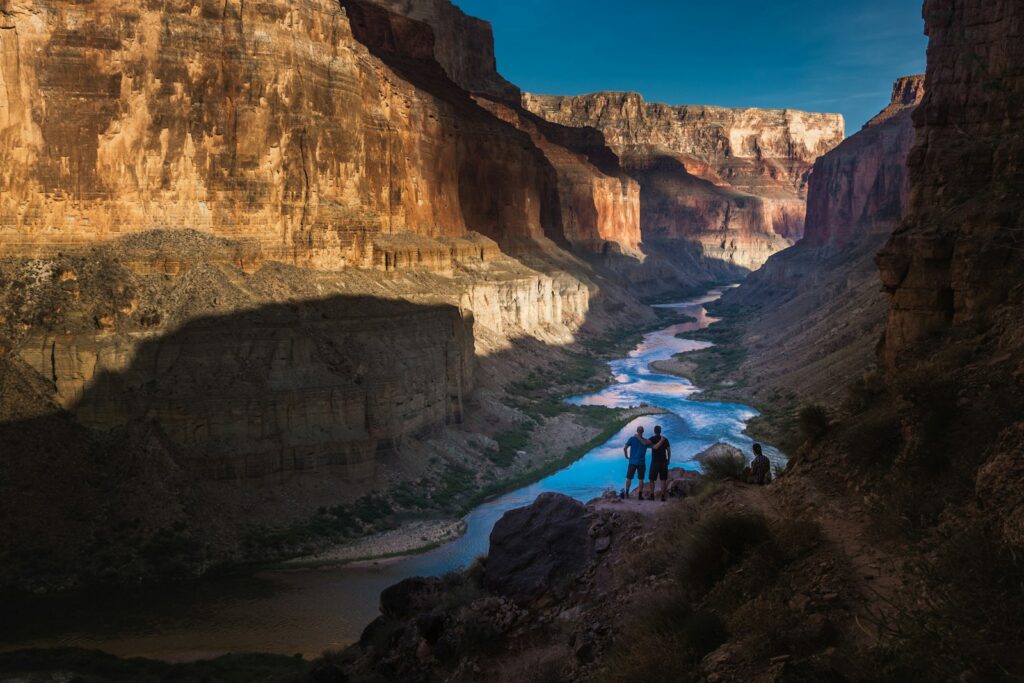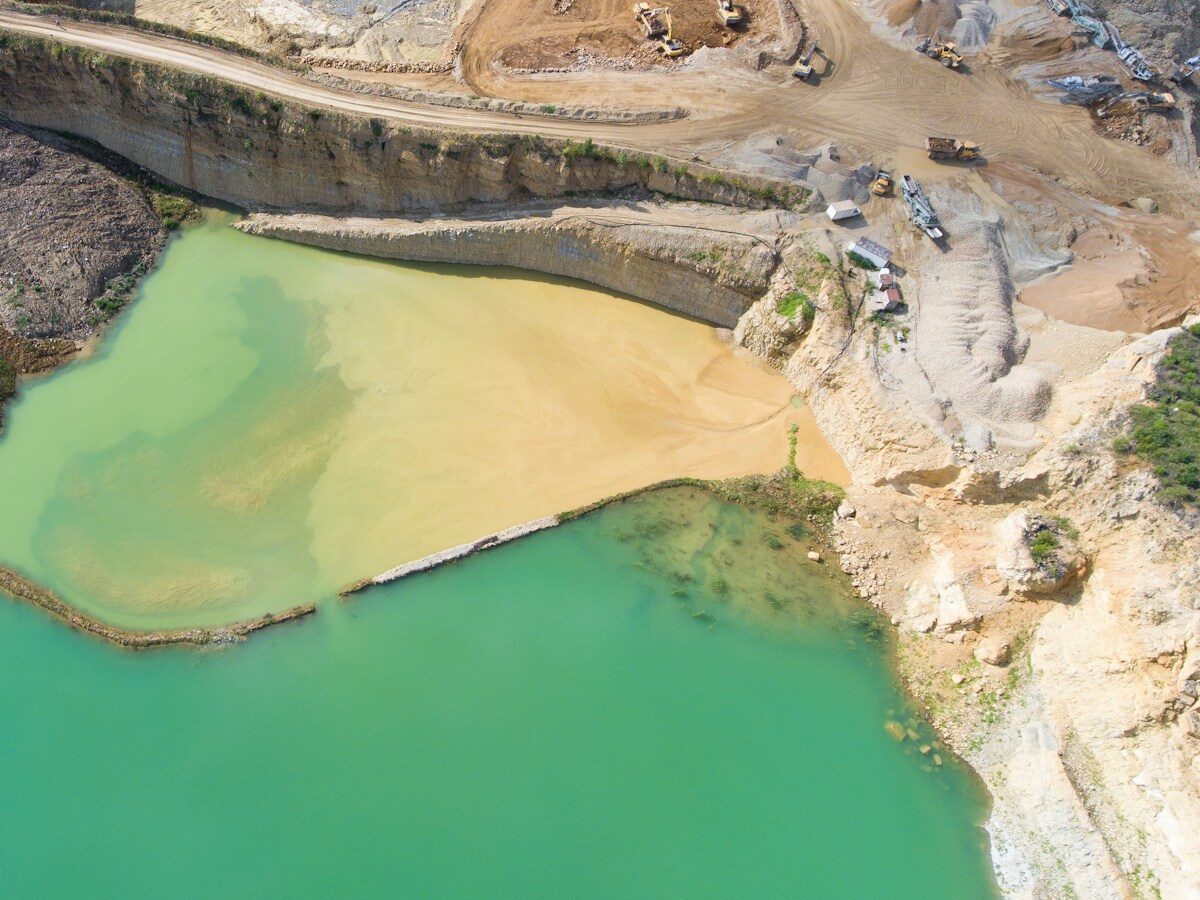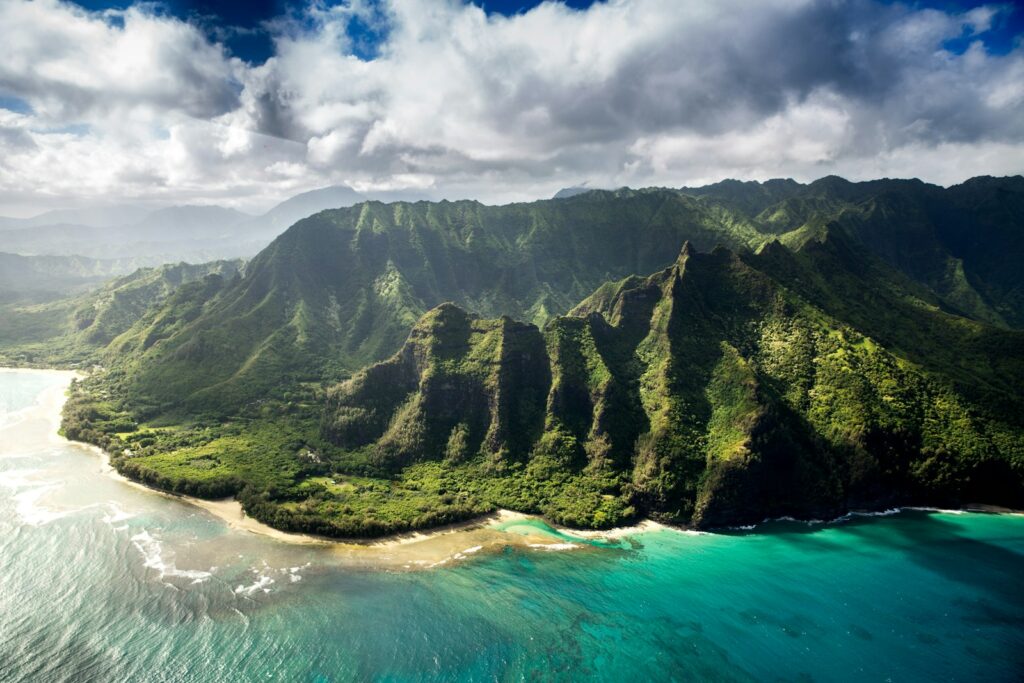World’s Largest Canyons: Canyons stand as monumental geological formations, carved by the relentless forces of nature over millions of years. These breathtaking chasms not only showcase the Earth’s geological history but also offer visitors a glimpse into the sheer grandeur and beauty of our planet. From the vast expanses of the Grand Canyon to the rugged terrain of the Fish River Canyon, exploring the world’s largest canyons is an adventure like no other. Let’s embark on a journey to uncover the magnificence of these natural wonders that have captured the imagination of explorers and travelers for centuries.
1. Grand Canyon, United States

Location: Arizona, United States.
Arguably the most famous canyon in the world, the Grand Canyon is a testament to the awe-inspiring power of erosion. Carved by the mighty Colorado River over millions of years, this colossal chasm stretches for over 277 miles (446 kilometers) and plunges to depths of up to 6,000 feet (1,800 meters). Its sheer size and intricate layers of rock reveal a geological story that spans millions of years, offering visitors a glimpse into the Earth’s ancient past. Whether hiking along the rim trails, rafting through the canyon’s rapids, or simply marveling at the breathtaking vistas, a visit to the Grand Canyon is an unforgettable experience.
2. Fish River Canyon, Namibia
Location: Karas Region, Namibia
Deep in the heart of southern Namibia lies the Fish River Canyon, Africa’s largest canyon and one of the continent’s most spectacular natural wonders. Carved by the meandering course of the Fish River over millennia, this rugged gorge stretches for approximately 100 miles (160 kilometers) and reaches depths of over 1,800 feet (550 meters). Trekking along the rim of the canyon offers unparalleled views of the dramatic landscape, while the challenging multi-day hike through the canyon itself promises an unforgettable adventure for intrepid travelers.
3. Copper Canyon, Mexico

Location: Chihuahua, Mexico
Hidden away in the remote Sierra Madre Occidental mountain range of northern Mexico, Copper Canyon is a network of interconnected canyons that rivals the Grand Canyon in size and grandeur. Spanning an area larger than the Grand Canyon and reaching depths of over 6,000 feet (1,800 meters), this sprawling labyrinth of rugged terrain is home to indigenous Tarahumara communities and boasts a rich cultural heritage. Travelers can explore the canyon’s dramatic landscapes by hiking along scenic trails, riding the iconic Chepe train, or embarking on guided tours that offer insights into the region’s history and traditions.
4. Tara River Canyon, Montenegro
Location: Durmitor National Park, Montenegro
Nestled amidst the pristine wilderness of Durmitor National Park in Montenegro, the Tara River Canyon is Europe’s deepest canyon and a UNESCO World Heritage Site. Carved by the crystal-clear waters of the Tara River, this majestic gorge stretches for over 50 miles (80 kilometers) and reaches depths of up to 4,300 feet (1,300 meters). Travelers can experience the canyon’s beauty by rafting along the emerald waters of the Tara River, hiking through dense forests and meadows, or simply soaking in the breathtaking vistas from the canyon’s rim.
5. Waimea Canyon, United States
Location: Kauai, Hawaii

Dubbed the “Grand Canyon of the Pacific,” Waimea Canyon is a stunning natural marvel nestled on the island of Kauai, Hawaii. Carved by centuries of erosion from the Waimea River, this dramatic canyon spans approximately 14 miles (22 kilometers) in length and reaches depths of up to 3,600 feet (1,100 meters). Visitors can explore the canyon’s rugged terrain by hiking along scenic trails, taking in panoramic views from designated lookout points, or embarking on helicopter tours for a bird’s-eye perspective of this breathtaking landscape.
In Conclusion, Exploring the world’s largest canyons is a journey of discovery that unveils the Earth’s geological wonders and showcases the beauty of our natural world. From the majestic depths of the Grand Canyon to the rugged landscapes of Copper Canyon, each canyon offers a unique opportunity to immerse oneself in the grandeur of nature and witness the remarkable forces that have shaped our planet over millennia. So, why not embark on an adventure to explore these awe-inspiring chasms and experience the wonder of the world’s largest canyons firsthand?
FAQs (Frequently Asked Questions) About World’s Largest Canyons
1. Are there any safety precautions to consider when visiting large canyons?
Yes, it’s essential to stay on designated trails, heed warning signs, and be aware of changing weather conditions. Carry plenty of water, wear sturdy footwear, and exercise caution when hiking or exploring the canyon’s terrain.
2. Can visitors camp or stay overnight near these large canyons?
Many canyons offer designated camping areas or nearby accommodations for visitors who wish to spend more time exploring the area. Check with local park authorities or tour operators for information on camping regulations and accommodations.
3. Are there guided tours available for exploring these large canyons?
Yes, many tour companies offer guided hikes, river rafting trips, and scenic tours led by experienced guides who provide insights into the geology, history, and wildlife of the canyon.
4. What is the best time of year to visit large canyons?
The best time to visit depends on the location and climate of the canyon. Generally, spring and fall are popular times to visit, as the weather is mild and crowds are smaller. However, it’s essential to research the specific canyon’s climate and seasonal conditions before planning your trip.
5. Are there any cultural or historical sites near these large canyons?
Yes, many large canyons are located in regions rich in cultural heritage and historical significance. Visitors can explore indigenous communities, ancient ruins, and historical landmarks near the canyons, providing a deeper understanding of the area’s cultural and historical significance.


